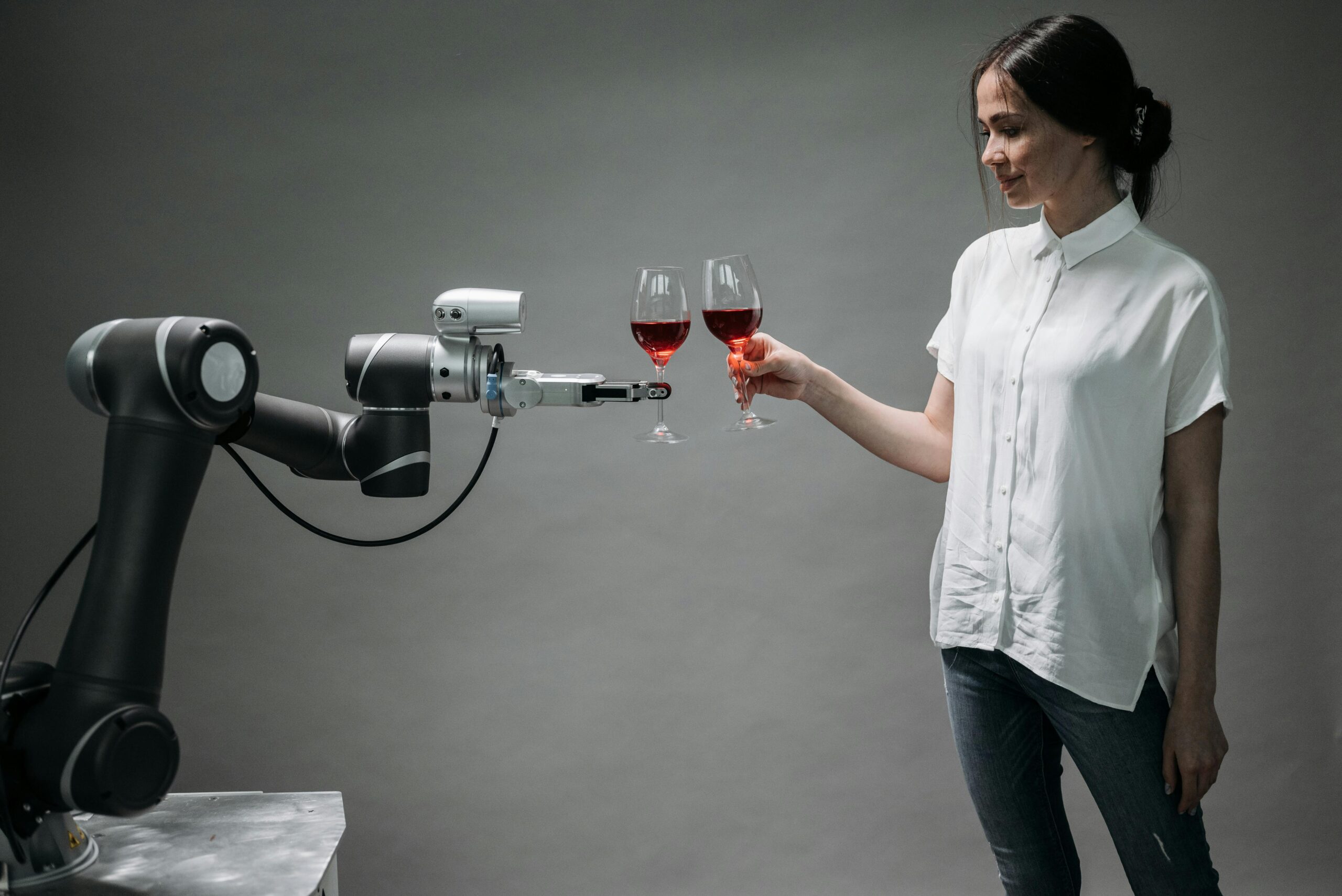While the advent of AI and automation promises increased efficiency and productivity, it also raises concerns about job displacement and the future of work for millions of people worldwide.
In this article, we’ll explore how automation and AI are reshaping global job markets, the challenges they present, and the opportunities they create. We’ll also look at how businesses, workers, and governments are responding to these changes and what steps can be taken to ensure a future where technology works for everyone.
- The Rise of Automation and AI in the Workplace
- The Impact on Jobs
- Challenges for Workers
- The Role of AI and Automation in Economic Growth and Inequality
- Conclusion
The Rise of Automation and AI in the Workplace
Automation and AI are no longer just concepts of the future—they are already deeply embedded in the workplace. In industries like manufacturing, logistics, and customer service, robots and intelligent systems are taking on tasks once handled by humans. From production lines powered by robots to chatbots providing 24/7 customer support, AI and automation are enhancing efficiency and reducing the need for manual labor.
For example, the automotive industry has seen widespread automation on assembly lines for decades. But now, AI is making its way into more complex roles, such as predictive maintenance and quality control, where machines can identify and solve problems faster and more accurately than humans. In healthcare, AI is being used for tasks ranging from diagnostic imaging to personalizing treatment plans for patients. In finance, algorithms are already used for analyzing market trends and making real-time investment decisions.
I’ve witnessed firsthand the transformation in industries that once relied heavily on human labor. As these technologies continue to evolve, more and more tasks are being automated, leading to increased efficiency and accuracy in the workplace. While these advancements bring many benefits, they also pose questions about the future of human labor in these industries.
The Impact on Jobs
The rise of automation and AI is reshaping the job market in profound ways. While certain jobs, especially those involving routine, manual, or repetitive tasks, are at risk of being automated, new opportunities are emerging in areas that require human creativity, emotional intelligence, and complex problem-solving.
Jobs that are most likely to be affected by automation include manufacturing roles, data entry, and transportation (e.g., truck driving). However, the growing demand for AI experts, data scientists, and robotics engineers will create an entirely new class of jobs. According to a 2020 report by the World Economic Forum, it is predicted that AI and automation will create around 97 million new jobs by 2025, many of which will focus on industries like technology, healthcare, and renewable energy.
In my view, the future workforce will look very different from what we know today. There will be a greater emphasis on collaboration between humans and machines, where workers will interact with AI tools to optimize tasks and decision-making. To stay competitive, workers will need to adapt to this changing environment by developing skills in areas that machines can’t replicate.

Challenges for Workers: Reskilling, Upskilling, and Employment Displacement
While the promise of automation and AI offers many exciting opportunities, there are also significant challenges, especially when it comes to workers who may be displaced by these technologies. The transition to a more automated workforce will require a comprehensive effort to reskill and upskill workers to ensure they can thrive in the new economy.
Reskilling refers to teaching workers new skills for entirely different roles, while upskilling involves enhancing existing skills to keep pace with new technologies. For example, a factory worker displaced by automation could undergo training to become a technician maintaining and troubleshooting automated systems. The challenge is ensuring that these workers have access to education and training programs that are affordable and effective.
Governments, businesses, and educational institutions all play a critical role in this process. According to a study by McKinsey Global Institute, investing in reskilling initiatives could help mitigate job displacement and boost productivity. However, this requires a significant commitment of resources, both from the public and private sectors, to create accessible training programs.
In my experience, many workers feel uncertain about how they can transition into new roles, but I’ve seen companies invest in upskilling programs that are designed to help employees thrive in a rapidly changing job market. These efforts will be crucial for ensuring that workers aren’t left behind as automation continues to transform industries.
The Role of AI and Automation in Economic Growth and Inequality

While automation and AI are poised to boost productivity and economic growth, they also raise concerns about increasing inequality. The benefits of these technologies are not evenly distributed, and there’s a risk that only certain industries, regions, and social classes will experience the positive effects. High-skilled workers in technology and healthcare may see substantial wage growth, while low-skilled workers may face job displacement and wage stagnation.
A 2019 report by The Organisation for Economic Co-operation and Development (OECD) highlights the widening gap between high- and low-income workers as a result of automation. The study found that workers in jobs that can be easily automated are at risk of falling behind economically, while those in industries that require higher education and technical expertise are more likely to benefit from the rise of AI.
Addressing this issue requires careful consideration of policies that ensure the benefits of automation are shared more equally. Universal basic income (UBI) and tax incentives for reskilling are potential solutions that have been suggested to help ease the transition for displaced workers. Additionally, governments must provide social safety nets to help workers who face the economic consequences of automation.
Conclusion – Preparing for the Future of Work
As automation and AI continue to reshape the job market, it’s essential that we prepare for the future of work by embracing change and focusing on reskilling and upskilling. While the automation of jobs presents challenges, it also creates new opportunities for innovation and economic growth. By investing in education, ensuring fair access to training, and fostering collaboration between humans and machines, we can navigate this transition successfully.
The future of work may look different, but it doesn’t have to leave workers behind. With the right policies, training, and support, we can create a future where technology works for everyone, driving not only economic growth but also social equity.









